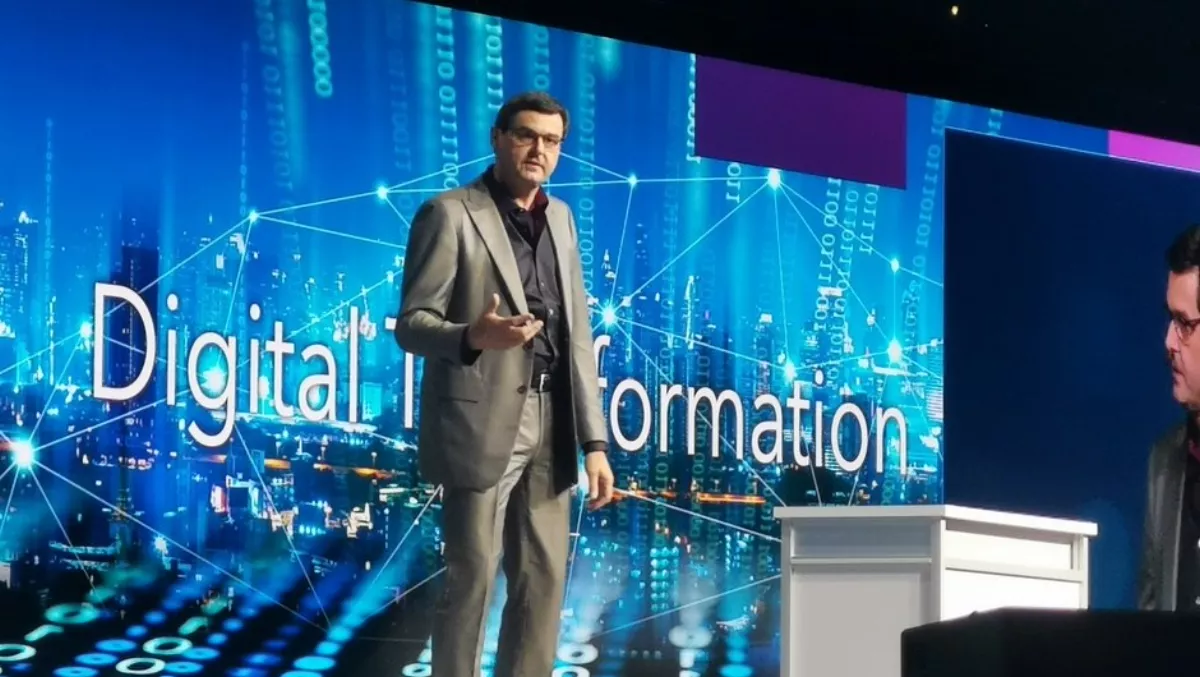
Interview: How CTOs should approach analytics
Recently IT Brief had the opportunity to attend SAS Global Forum. During this event, we had the opportunity to catch up with SAS CTO and COO Oliver Schabenberger to discuss the state of analytics and how SAS aims to help businesses along their journey.
So, we've been hearing a lot about unleashing the power of analytics. That's the theme of the conference this year. What would you say to CTOs who feel that they are behind the curve when it comes to analytics?
I'll start by saying to them that they are probably not as far behind as they think they are. Many organisations are going through the same struggles with implementing an analytics strategy as you might be.
Digital transformation is really disrupting, it is important, but it's really disrupting in many, many businesses. So, organisations want to respond, they want to become more data-driven, but are struggling with getting out of the starting blocks.
Can you give us an example of how analytics should be approached?
A good example that you could look at is if I were to change the operations of a truck fleet. If I move from a traditional model of scheduling maintenance every six months, to a model where the trucks the assets themselves, tell me when they need to be repaired, predictive maintenance, it all sounds great, right? Now, we can be more efficient, we don't replace parts, and we don't need to replace them.
The question is how do you tie all this together, because now instead of looking at the calendar to make your decisions as to when you look at your assets, you have to look at data, data that are constantly emitted from the assets.
So that now means you have to understand how to interpret the data, you have to have the logistics to move the data, you have to have models that provide insight from the data, what parts are actually critical, what parts are going to fail and when, then you have to have logistics to update the models you have when the truck is in the garage, all of a sudden you become data-driven, and analytics-driven. So that is the consequence of having to work with all the data.
So that changes your operations fundamentally, it's not just as easy as saying, okay, I want to do analytics, your business operations change around it, and it becomes a change management problem.
So we try and approach this with our clients from the other end. What is the problem we're trying to solve? Identify those, and that should be a problem in a core competency of the business. Then we focus on how we can use analytics to provide a solution.
We've also seen a bit about analytics in the medical industry. Can you expand on that?
What we show, for example, with our partnership with the Amsterdam University Medical Center is using computer vision to improve the diagnosis of health outcomes, in that case, liver metastases for cancer patients.
There is a lot of value to doing this. But what is that value? So it is partially being able to automate something that previously could not be automated. And we would like to automate it because it takes up a lot of time, valuable time of the physicians, radiologists that they could use to do other things. They're not able to process all the data that's available. So there's information left unused and there are subjective elements in the process that we could eliminate.
And imagine you could prevent unnecessary treatment if you will. The big question is if a patient goes through chemotherapy will that be effective in reducing the tumour size? If we could predict whether this chemotherapy is going to be effective or not it will be of tremendous value to the hospital, the physician and ultimately to the patients.


